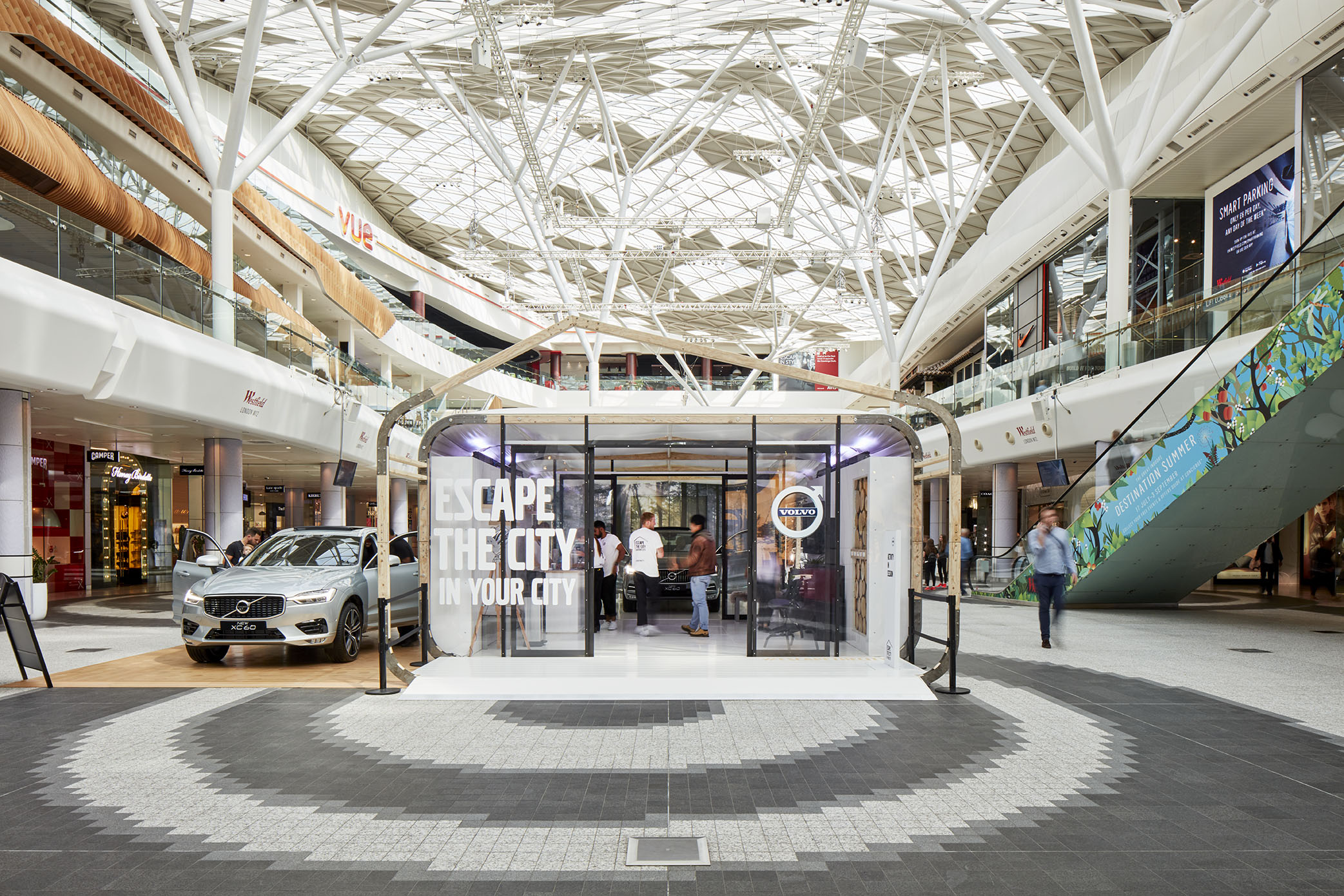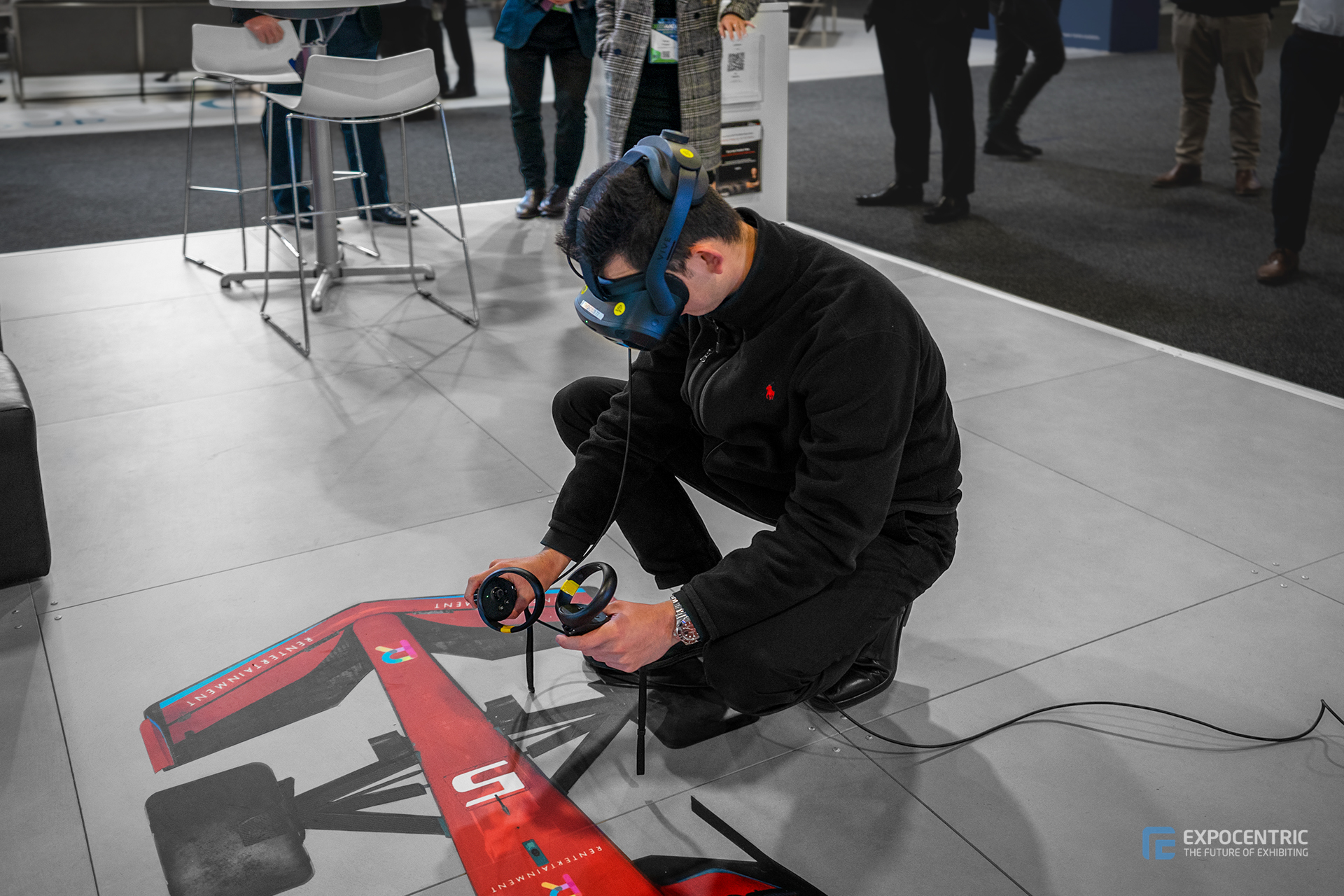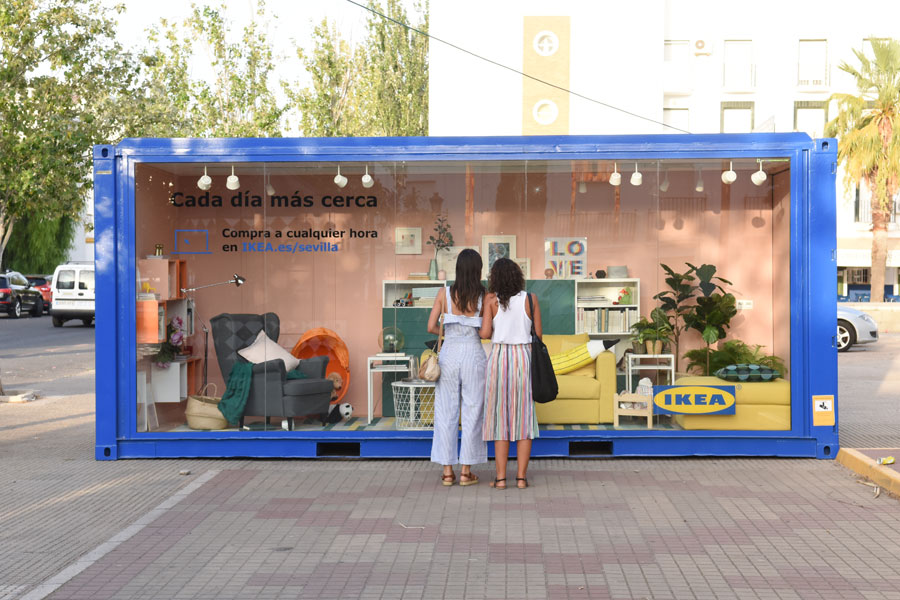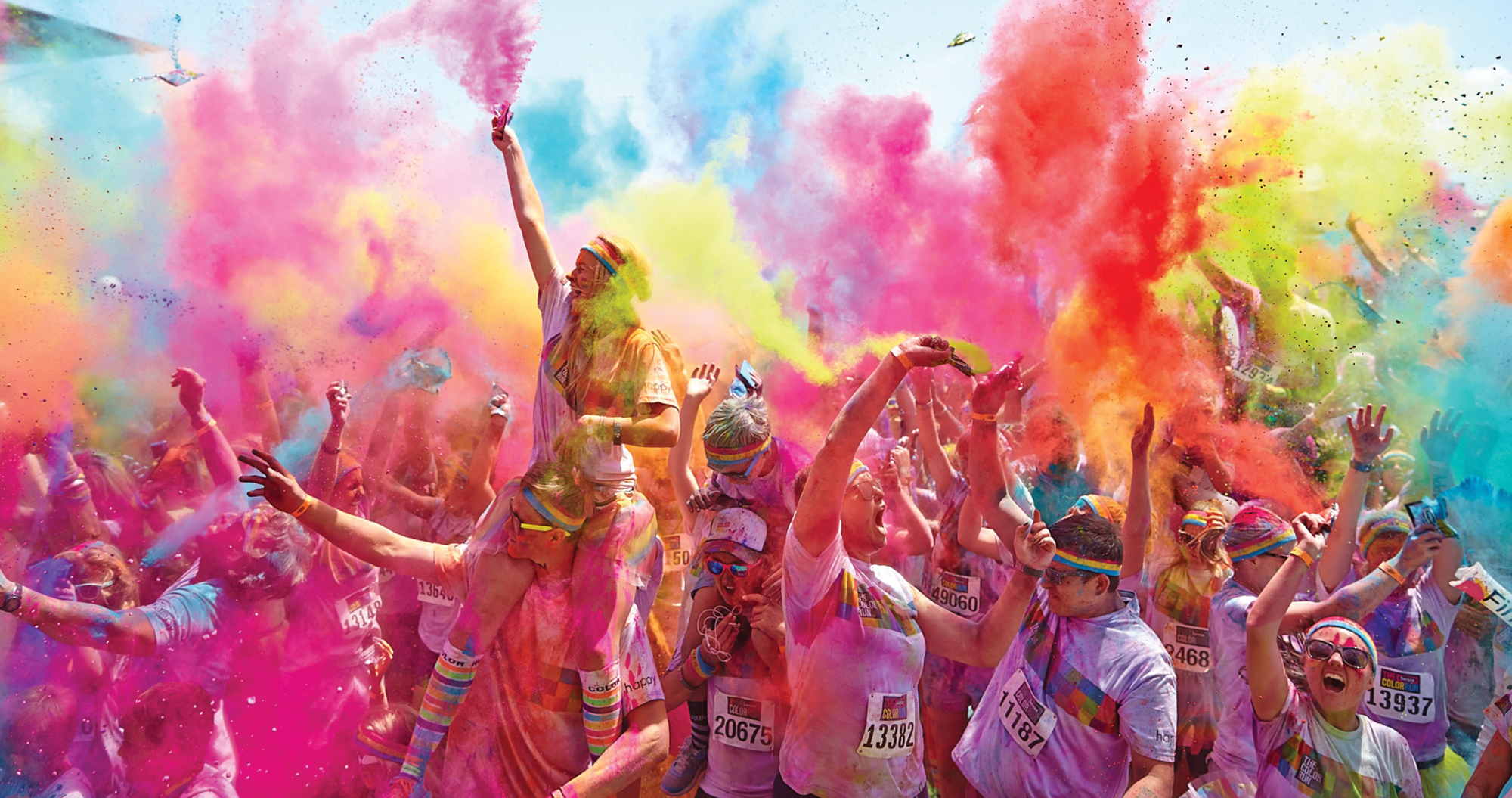Experiential marketing is an interactive marketing strategy that aims to create an experience for consumers that is more engaging and memorable than traditional advertising. Experiential events and in turn engagement marketing can be developed in a number of ways based on the company resources, goals and intended interactive experience. Working alongside an experiential marketing agency like Expo Centric can help guide the internal marketing team or experiential marketers to understand the type of experience campaigns that best suit the desired outcomes.
The goal of experiential events is to create a connection with consumers that is more than just transactional and in turn secure the company’s brand identity. By providing experiential campaigns, brands can build relationships beyond their existing marketing channels and instead form an emotional connection with consumers that are more likely to lead to repeat business.

What is Experiential Marketing?
An experiential marketing campaign is a marketing strategy that focuses on creating an experience for consumers that is more than just a transaction. Experiential marketing campaigns are designed to engage consumers on an emotional level and create a lasting impression.
There are many different ways to implement experiential marketing from as large as a world record to local pop-up stores, following are common examples of experiential marketing events:
Live events:
Experiential marketing campaigns can take the form of live events, such as concerts, festivals, or trade shows. These events provide consumers with an opportunity to interact with the brand in a fun and engaging way.
Pop-up stores:
Pop-up stores are temporary retail stores that are set up in non-traditional locations. These stores can be a great way to reach new consumers and generate excitement about a brand.
Virtual experiences:
Virtual experiences are experiential marketing campaigns that take place online. These experiences can be anything from video games and augmented reality to interactive websites.


The Benefits of Experiential Marketing Strategy
An experiential marketing campaign offers a number of benefits for brands, including:
- Increased brand awareness: Helping to increase brand awareness by giving consumers a memorable and engaging experience through accurately engaging their target audience.
- Improved customer relationships: Helping to improve customer relationships by creating a more personal connection between the brand and the consumer.
- Increased sales: Leading to increased sales by generating excitement about a brand and encouraging consumers to purchase products or services.
10 Examples of Experiential Marketing Campaigns
There are a number of successful experiential marketing examples from around the globe, and pending the company’s marketing strategy and event marketing, any company can lean into these experiential campaign ideas.
1. Red Bull Soapbox Races
Red Bull organises annual soapbox car races in various cities worldwide. The races provide an exciting and fun experience for spectators and participants, while also promoting Red Bull’s brand and products.

2. Coca-Cola Share a Coke
Coca-Cola’s campaign involved putting people’s names on Coke bottles, creating a personalized and shareable experience. It became a viral sensation, connecting with consumers on an individual level and generating significant social media buzz.

3. Nike + Human Race
Nike organises a global 10K race where people from all over the world participate. The event promotes Nike’s products and builds a sense of community among passionate runners. This is a great example of participation marketing.

5. Vans Warped Tour
Vans organises a music festival that caters to young consumers interested in skateboarding and music. The tour helps Vans connect with its target audience and create a strong brand association.

6. Google’s Mystery Boxes
Google offers limited-edition Mystery Boxes filled with random Google products, creating a sense of excitement and intrigue for consumers. The affordable and social nature of these boxes generates buzz and promotes Google’s products.

7. Ikea’s Pop-Up Stores
Ikea sets up interactive pop-up stores in high-traffic areas, engaging consumers with games and activities while showcasing its products in a visually appealing manner. The affordability of the products further enhances their appeal.

8. The Museum of Ice Cream
The Museum of Ice Cream is a travelling pop-up museum dedicated to ice cream, featuring visually appealing and interactive exhibits. Visitors can learn about ice cream’s history, experience different flavours, and share their museum adventures on social media.

9. The Color Run
The Color Run is a vibrant 5K race where participants are showered with colourful powder throughout the event. The festive and social atmosphere attracts people of all ages, promoting a fun and healthy lifestyle.

10. Live Nation’s Music Experiences
Live Nation produces concerts, festivals, and other live events, creating unique and immersive experiences for music lovers. These campaigns, including pop-up stores and social media promotions, help increase brand awareness and promote Live Nation’s events.

Experiential marketing is a powerful strategy that allows brands to connect with consumers on a deeper level, creating memorable experiences and fostering long-term relationships. By implementing various tactics such as live events, pop-up stores, and virtual experiences, brands can increase brand awareness, improve customer relationships, and drive sales. The examples mentioned above demonstrate the effectiveness of experiential marketing in engaging consumers and creating buzz around brands and their products.
